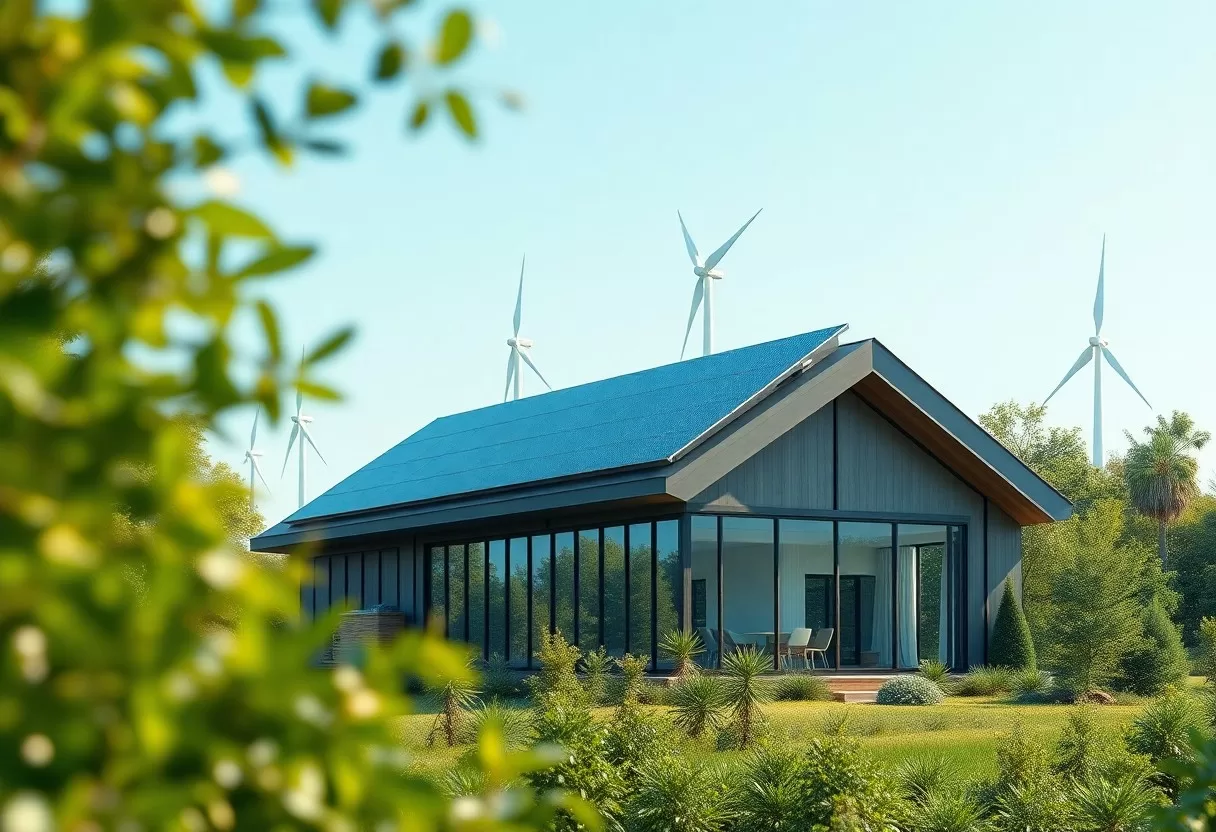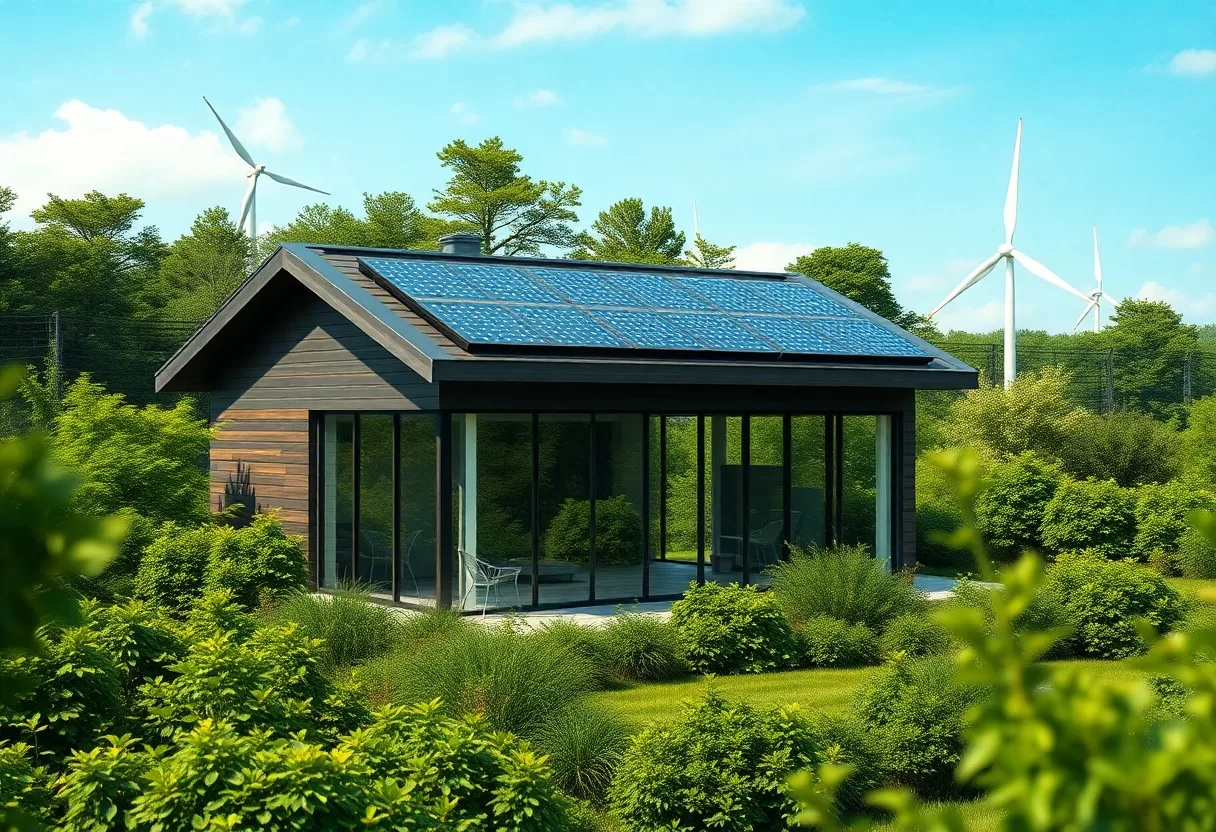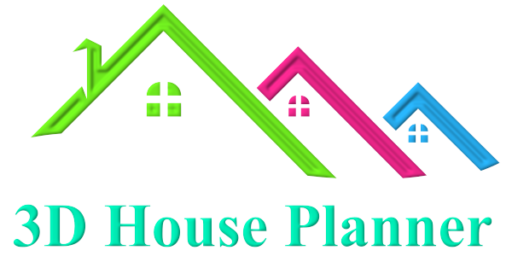Net-Zero Energy Buildings – Designing For Energy Efficiency And Sustainability In The 21st Century
Efficiency is at the heart of modern architectural innovation that champions sustainability while minimizing environmental impact. As you explore the concept of Net-Zero Energy Buildings (NZEBs), it’s vital to understand how these structures utilize renewable energy sources and implement advanced design strategies to produce as much energy as they consume. In the 21st century, your choices in energy-efficient design can lead to significant cost savings and a healthier planet, paving the way for a sustainable future that benefits you and generations to come.

Key Takeaways:
- Net-zero energy buildings (NZEBs) aim to produce as much energy as they consume over a year, achieving a balance between energy efficiency and renewable energy generation.
- Designing for energy efficiency includes optimizing building orientation, insulation, windows, and utilizing sustainable materials to reduce overall energy demand.
- Renewable energy sources, such as solar panels and wind turbines, play a pivotal role in offsetting energy consumption in NZEBs, contributing to sustainability goals.
- Integrating smart technologies and energy management systems can help monitor and optimize energy use, enhancing the overall performance of net-zero buildings.
- Collaboration among architects, engineers, and stakeholders is necessary for achieving the performance targets of NZEBs while ensuring long-term sustainability in building practices.
Reimagining Energy Consumption in Building Design
Innovative design thinking is redefining how you approach energy consumption in your buildings. By embedding energy efficiency principles into the early stages of the design process, you can significantly reduce operating costs while enhancing occupant comfort. Using advanced modeling tools, you can simulate energy usage and identify opportunities to leverage natural light, improve insulation, and optimize HVAC systems, all tailored to your unique environment.
The Evolution of Energy Standards
The journey of energy standards has progressed from basic efficiency requirements to comprehensive frameworks promoting sustainability. Early codes focused on minimal energy consumption, but today’s guidelines, such as the International Energy Conservation Code (IECC) and ASHRAE standards, advocate for a holistic approach that incorporates renewable energy and advanced technologies to achieve net-zero energy goals.
Integrating Renewable Energy Solutions
Renewable energy solutions are pivotal in transforming your buildings into net-zero energy structures. Implementing solar panels, wind turbines, and geothermal systems allows you to harness natural resources, significantly reducing dependency on fossil fuels. By combining these technologies with energy-efficient designs, you create a self-sufficient ecosystem that generates more energy than it consumes, ultimately benefiting the environment and your bottom line.
Incorporating renewable energy into your building design fosters a culture of sustainability and innovation. For instance, using solar photovoltaic systems can convert sunlight into electricity, often powering the building’s needs throughout the day, while excess energy is stored or fed back to the grid. Wind turbines can supplement this by generating electricity in windy areas, and geothermal energy can efficiently manage heating and cooling demands. Combining these technologies ensures your building not only meets but exceeds today’s rigorous energy standards, showcasing your commitment to sustainability in a rapidly evolving landscape.

The Role of Insulation and Building Materials
Insulation and building materials are at the heart of energy efficiency in net-zero energy buildings, serving as the first line of defense against heat loss and gain. High-performance insulation minimizes energy use by regulating indoor temperatures, allowing your building to maintain comfort while reducing reliance on heating and cooling systems. Selecting the right materials not only enhances performance but also contributes to sustainability by reducing the carbon footprint associated with material production and transportation.
Innovative Materials Enhancing Efficiency
Advanced materials are transforming the landscape of energy-efficient construction. For example, vacuum insulation panels provide superior thermal resistance compared to conventional options, reducing wall thickness without sacrificing performance. Phase change materials can absorb and release thermal energy, ensuring your building remains at a stable temperature regardless of outside conditions. Integrating these innovative materials can significantly enhance your building’s energy efficiency.
The Science of Thermal Performance
Understanding thermal performance is vital for creating net-zero buildings. This concept revolves around how well a building can resist heat flow, impacting your energy consumption. R-values, which measure thermal resistance, indicate the insulation’s effectiveness; higher R-values correlate with better performance. Moreover, materials with low thermal conductivity reduce heat transfer, while strategic building orientation and window placement can further optimize natural heating and cooling. By applying these principles, you can design spaces that offer both comfort and efficiency.
The science of thermal performance involves grasping the mechanisms by which heat moves through your building elements. Insulation plays a vital role here, as materials with high R-values effectively reduce heat loss in winter and prevent heat gain in summer. Additionally, thermal mass—the ability of materials like concrete or masonry to store heat—can stabilize temperature fluctuations, leading to lower energy demands. Implementing a well-rounded thermal image through precise materials and design ensures that your building achieves a delicate balance between comfort and conservation, paving the way toward net-zero efficiency.
Smart Technologies and Automation in Net-Zero Buildings
Integrating smart technologies and automation is pivotal in achieving net-zero energy status. These solutions enhance building performance by optimizing energy use, maintaining comfort, and supporting sustainability goals. Utilizing advanced Zero Energy technologies allows you to monitor consumption patterns continuously, ensuring that energy resources are efficiently utilized both day and night. The result? A seamless connection between energy supply and demand that empowers you to push your building into net-zero efficiency.
Impact of IoT on Energy Management
The Internet of Things (IoT) plays a transformative role in energy management for net-zero buildings. By installing smart meters and connected devices, you gain real-time insights into energy consumption and can pinpoint areas for improvement. For example, smart thermostats learn your preferences and adjust the heating or cooling accordingly, cutting waste and enhancing comfort. The data collected informs strategic decisions that optimize your building’s performance while significantly reducing operational costs.
The Future of AI-Driven Building Systems
AI-driven building systems represent the next frontier in energy management, with potential for remarkable efficiency gains. These systems are designed to analyze vast amounts of data from multiple sources, predicting energy needs and adapting operations in real-time. Imagine a building that not only responds to your immediate needs but also anticipates future trends in energy consumption, adjusting its systems autonomously. This forward-thinking approach can lead to substantial energy savings and a marked reduction in a building’s carbon footprint.
Incorporating AI-driven solutions means leveraging machine learning algorithms to enhance operation efficiency continuously. These systems can optimize lighting, heating, and ventilation based on occupancy patterns and environmental conditions. By implementing predictive maintenance commands, AI can alert you to potential system failures before they occur, reducing downtime and maintenance costs. As more buildings adopt AI solutions, you can expect a significant leap toward sustainability goals, altering the landscape of energy consumption in the built environment.
Economic Implications of Going Net-Zero
Investing in net-zero energy buildings not only addresses environmental concerns but also has profound economic implications. While initial costs may seem daunting, the long-term benefits, including reduced energy bills and increased property value, often outweigh the upfront expenses. As the global energy landscape evolves, legislation and consumer preferences are shifting in favor of sustainable practices, making net-zero a sound economic strategy for both developers and homeowners.
Cost-Benefit Analysis for Developers
For developers, a diligent cost-benefit analysis reveals that constructing net-zero energy buildings can lead to significant financial returns. These projects may have higher upfront costs, but reduced operational expenses and the growing demand for eco-friendly properties can enhance profitability. Moreover, incorporating energy-efficient technologies and materials can qualify developers for various incentives, ultimately improving the bottom line.
Long-Term Financial Incentives for Homeowners
Homeowners investing in net-zero energy buildings benefit from various financial incentives that can lower overall ownership costs. Tax credits, rebates, and grants are readily available in many regions, offsetting initial expenditures. Additionally, the reduced energy consumption translates to significantly lower utility bills, providing homeowners with substantial savings over time.
Various programs exist to support homeowners in their transition to net-zero energy living. For instance, the federal government provides tax credits for renewable energy installations, such as solar panels, allowing you to recoup a percentage of the installation costs. Furthermore, many utility companies offer rebates for energy-efficient appliances and technology upgrades. With the combination of these financial incentives, homeowners can realize an average savings of up to $1,000 annually in energy costs, making net-zero living not only an environmentally responsible choice but also a financially smart one.
The Social Responsibility of Sustainable Design
Incorporating sustainability into your architectural practices not only addresses the urgent need for climate action but also embodies a profound social responsibility. Sustainable design serves as a pathway to a healthier, more resilient society, aligning with the increasing emphasis on ethical practices in the building industry. Initiatives such as the Zero-energy building | EBSCO Research Starters highlight the imperative of addressing energy consumption and resource management in your projects while promoting a sustainable future.
Community Engagement in Energy Solutions
Your approach to energy efficiency should proactively engage the communities you serve. Involving local stakeholders in the design process can enhance understanding of their unique energy needs and solutions. Collaborating with community members ensures that energy-efficient designs meet local expectations while effectively addressing energy consumption patterns, ultimately fostering shared ownership of sustainable initiatives.
Addressing Social Equity Through Green Architecture
Prioritizing social equity in architecture allows you to create spaces that benefit all demographics. Sustainable design frequently intersects with social justice by promoting accessibility and affordability. By ensuring that energy-efficient solutions are available to low-income communities, you can contribute to a future where everyone has equal access to the benefits of green architecture.
Designs that prioritize social equity address disparities in access to energy-efficient housing and resources. For instance, projects like the affordable housing development in Denver showcase how implementing green technologies not only reduces operational costs but also enhances residents’ quality of life. By integrating elements such as solar panels, rainwater harvesting systems, and energy-efficient appliances, you create environments that empower inhabitants, particularly those in underprivileged neighborhoods. Sustainable architecture becomes a tool for social change, promoting energy equity and ensuring that the benefits of green living are shared equitably across communities.
Final Words
Taking this into account, embracing net-zero energy buildings in your designs equips you to lead the charge toward a sustainable future. By prioritizing energy efficiency and incorporating renewable technologies, you not only reduce environmental impact but also enhance the livability of your spaces. Your commitment to sustainable architecture reflects a modern understanding of the balance between comfort, cost, and ecological responsibility. This transformative approach not only benefits the planet but also ensures that your designs remain relevant in the evolving landscape of the 21st century.
